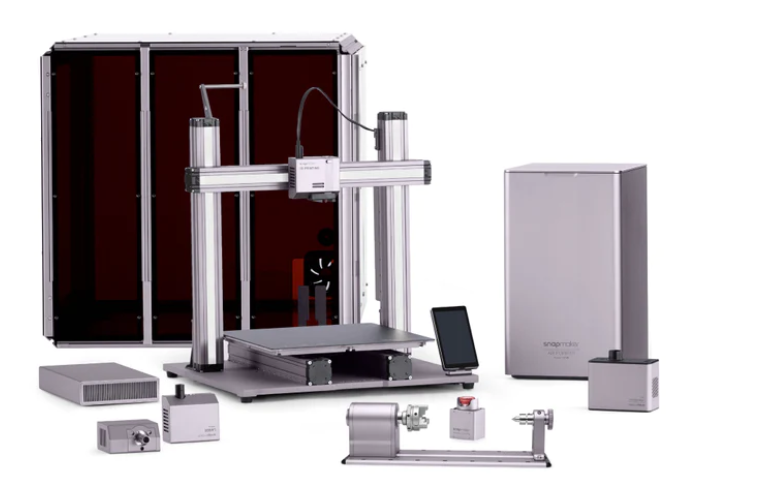How Is Data Engineering Important to Your Company?

According to the “Understanding Challenges and Opportunities in Data Management” report published by Dun & Bradstreet, 56% of business leaders admit they have not yet utilized the full potential of data. In contrast, nearly half (47%) say that data has mainly been a buzzword instead of serious consideration. Due to this, more than half of business leaders (55%) say that they have so far failed to maximize the full power of data for competitive advantage.
The Real Challenge
Most businesses have data scattered everywhere across various applications and data platforms. Usually, their data flows into data lakes or is not accessible, and data isolation makes it challenging to derive the necessary information and collaborate effectively. Many of the core processes and existing legacy systems are incompatible with modern technology and workflow processes.
The deficiency of a modern, integrated data architecture prevents businesses from achieving their potential with their customers, value chains, investors, and employees. The result is that businesses miss out on opportunities and lose market share as their competitors adopt data engineering consulting services to optimize their data.
The Opportunity
When businesses have all the necessary data they require, where and when it is needed, they can do the following:
Understand business in real-time: Thanks to an integrated, end-to-end data fabric feeding your analytics, reporting, and alerting platforms, companies can have a consumable synopsis of business activity, challenges, and opportunities. In addition, everything will be available in real-time, with corresponding automated actions and manual interventions at their fingertips.
Provide enhanced customer experience: Nowadays, the ability to accelerate innovation and excel in customer experience is necessary to maintain and expand the customer base. Real-time data at touchpoint is essential to provide a superior customer experience.
Achieve business speed and agility: Agility can be defined as adjusting or adapting quickly to changing business requirements. A modern, integrated data architecture provides the necessary data to make decisions and act quickly. To be competitive and offer an excellent customer experience, each business must deliver new and improved goods and services.
Offer new revenue streams and business models: New technology is being introduced at an ever-increasing rate, creating new business opportunities driven by new interaction models, pricing/monetization models, and quantity and quality of data available to be intelligently processed. New business models built on these possibilities open the door to new revenue streams, disruption of existing business and competitors, and new levels of customer satisfaction.
The solution
Getting the right data to the right application at the right business time depends on having a modern data architecture. Businesses must simplify and upgrade their data architecture to fit their business goals to drive innovation and remain competitive to fit their business goals. This is something that legacy infrastructure cannot handle. Businesses need a cloud data platform that can use AI to power intelligent applications.
However, to get it right, businesses need to start with defining the right data engineering strategy, followed by designing the infrastructure and tools, and then maintaining and optimizing the environment. Moreover, that requires dedicated planning, data science and engineering expertise, and automated operations.
Three steps to unlock the full potential of your data
- Evaluate
Start by analyzing the data and develop a vision of the possibilities.
- Knowledge creation and sharing: Learn about the potential of new cloud-based data architectures that use cloud analytics and extensive data services.
- Technical advancement: Understand the “what” and “how” of possible solutions using modern cloud data services and analytics.
- Solution creation: Create a high-level solution that matches your use cases and workloads by brainstorming and drafting ideas. Define the changes your firm will need to undertake to maximize opportunities and evolve.
- Design and Develop
Take a deep dive into developing an architecture that helps you achieve your business objectives. It is recommended to identify missing or isolated data. With DevOps and agility, design, implement, test, and deploy.
- Discovery and planning: Build on your initial insights and discoveries by examining data sources, data models, security and ingestion requirements, and aligning with each use case. Examine all the different scenarios, experiences, and data generation options.
- Designing a solution: Develop a solution that includes data ingestion patterns, data flows, schemas, and integration flows.
- Start developing. In parallel with the following steps, start coding and configuring according to your design: iterate utilizing agile and DevOps methodologies.
- Incorporate and transform: Create data ingestion processes, convert and load your data, evaluate and set quality checkpoints, and automate your flows.
- Data lakes modeling: Create schemas and models for your company’s data warehouse. Begin aggregating and transforming data, as well as querying and analyzing it.
- Reports and analysis: Create reports and dashboards, then test them in various situations, including user experience testing. It’s time for the final delivery and knowledge transfer.
Organize and improve
Improve customer experiences, add and refine data sources, add IoT, and enhance your business insights and analytics dashboards by continuously optimizing your contemporary data architecture.
- Define: Establish your ITSM processes, train your employees, and continue to manage data on the data platforms that your solution specifies.
- Optimize: Optimize data engineering, automation, and development support continuously.
- Collaborate.: Use data, the core solution, dashboards, and reports to learn and adapt processes as a team within your organization and with your partners and IT employees.
Data engineering allows businesses to get the correct data into the right application at the right business time while delivering a new level of business insight. It allows taking your organization to a new level of intelligent execution, providing a higher level of customer experiences, and creating new revenue streams, propelling your business to the top.




